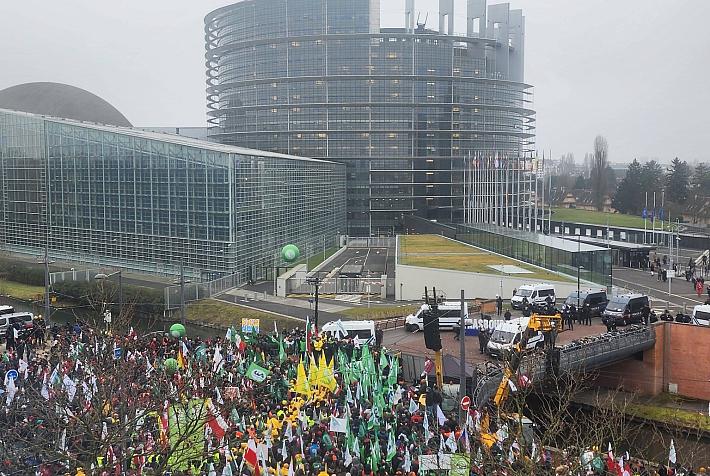Romania’s current account deficit nears 5% of GDP

Romania’s current account (CA) deficit has widened by 24% in January-July compared to the same period last year, to over EUR 6.0 billion, Romania’s National Bank (BNR) informed.
The rolling 12-month deficit, calculated as the combined deficit over the previous twelve months, hit EUR 10.3 billion - or 4.9% of the period’s GDP (the GDP for the rolling 12 months ending June).
The CA deficit, more precisely the rising external debt behind it and the risks of exchange rate correction in case of adverse shocks, represents one of the main threats to Romania’s macroeconomic sustainability (the other being the budget deficit).
IMF projects Romania’s CA gap will rise from 4.5% of GDP last year to 5.5% of GDP in 2019 to narrow to 5.2% of GDP in 2020. However, the fund expects, on a rather optimistic note based on robust GDP growth, the external debt to GDP ratio to actually narrow from 48.5% at the end of 2018 to 46.5% two years later, at the end of 2020.
A key assumption here is the share of the CA gap financed by foreign direct investments (FDI) and transfers from the EU budget, both of which have been sluggish recently. Thus, at the end of July, the external debt to GDP ratio rose to 51.1% since the CA gap was rather financed by debt-generating instruments than by FDI.
Net FDI over the rolling 12 months ending July rose by only 13.2% year-on-year to nearly EUR 4.6 bln. Thus, FDI covered less than 54% of the CA gap in the past 12 months, compared to a ratio of nearly 73% during the previous 12 months.
(Photo: Shutterstock)
editor@romania-insider.com













